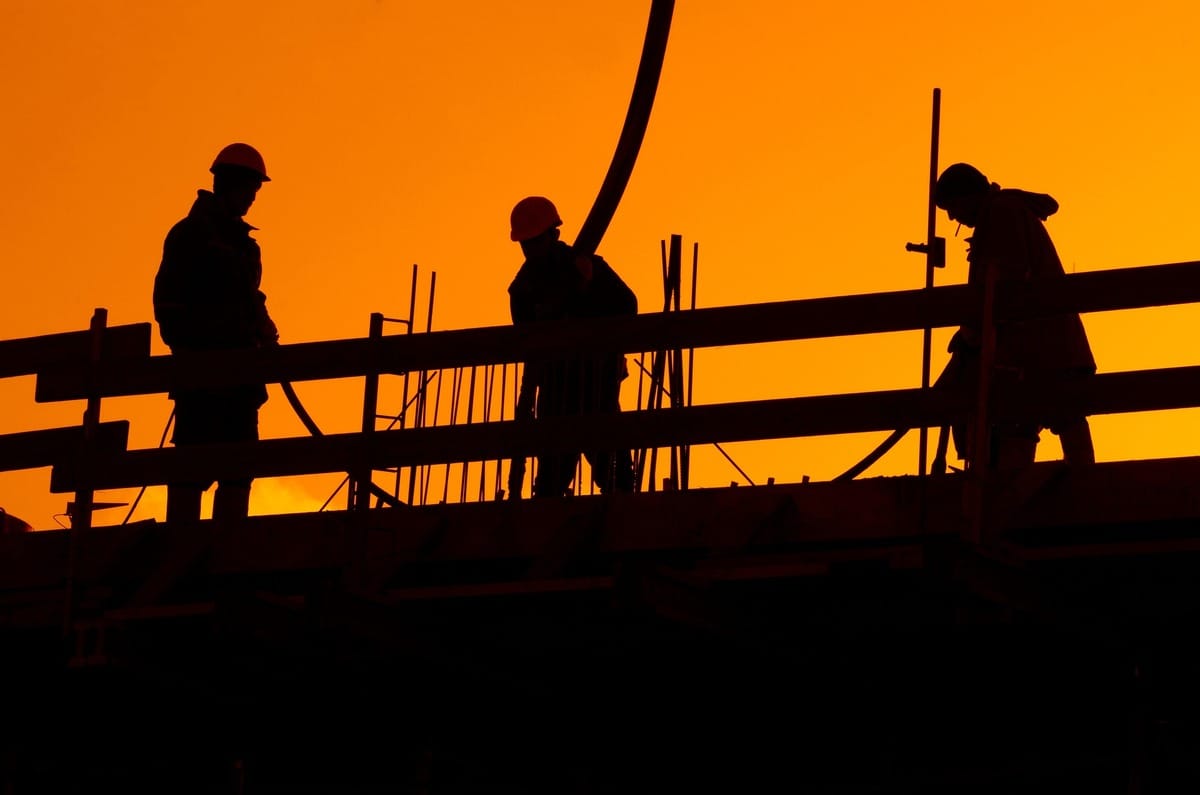- Full Brim Safety
- Posts
- The Three-Step Hazard Identification Process
The Three-Step Hazard Identification Process
Full Brim Safety: Build Smart, Build Safe

The Three-Step Hazard Identification Process
Welcome back, let's Build Smart & Build Safe! This week, we're refreshing a foundational skill that drives all safety success: Hazard Identification.
A safety program is only as effective as its hazard list. By systematically learning to identify, assess, and control risks, we shift our mindset from reacting to anticipating.
Defining the Hazard
First, let's clarify the terminology. A hazard is any source or situation with the potential for harm, injury, or adverse health effects. A risk is the chance (likelihood) that a person will be harmed by the hazard, combined with the severity of that harm.
Our job is to control the risk by eliminating or minimizing the hazard.
The Core Three-Step Process
Systematic hazard identification follows a simple, repeatable process that should be applied to every task, every day.
1. Identify (Find the Hazard)
This step is about finding the potential source of harm. Ask yourself:
What materials, equipment, or conditions could hurt me or others?
Are there tripping hazards, loose objects overhead, or live energy sources?
What could go wrong if a control (like a guardrail) failed?
2. Assess (Determine the Risk)
Once you've found the hazard, you need to understand the danger it poses. This involves determining the likelihood (how often it might happen) and the severity (how bad the injury would be).
A wet floor (hazard) is high likelihood and medium severity (a likely slip with a possible broken bone).
A secured, heavy overhead load (hazard) is low likelihood and high severity (unlikely to fall, but catastrophic if it does).
3. Control (Implement Solutions)
This is where you act. Implement control measures using the Hierarchy of Controls, prioritizing the most effective solutions first:
Elimination: Physically remove the hazard (e.g., instead of working at height, prefabricate the wall on the ground).
Substitution: Replace the hazard with a safer option (e.g., use a non-toxic cleaner instead of a chemical solvent).
Engineering Controls: Change the work environment (e.g., install a guardrail, ventilation system, or machine guard).
Administrative Controls: Change the way people work (e.g., job rotation, written safety procedures, training).
Personal Protective Equipment (PPE): The last line of defense (e.g., safety glasses, gloves).
By moving through this systematic process, you ensure no potential harm is overlooked.
Tomorrow, we'll review the four main categories of hazards you should be looking for.
Please share us with your friends for a daily dose of construction safety tips!
-The Safety Man
